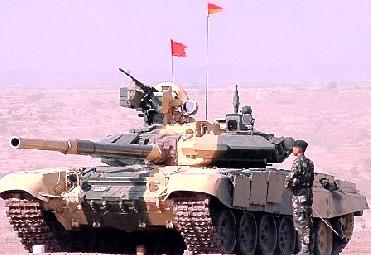
The Kiruna ground station in Sweden. Image credit: ESA
PARIS (BNS): The European Space Agency has completed all groundwork for the launch of the satellite CryoSat-2 by the end of this year.
The satellite is scheduled for launch on a Dnepr rocket from the Baikonur Cosmodrome in Kazakhstan in December. It will replace the original CryoSat satellite, which was lost as a result of a failure in the timing of the launch sequence in October 2005.
Now, just three and a half years after the decision was taken to rebuild CryoSat, the new satellite is awaiting shipment to the launch site and the ground segment infrastructure is in place for launch, ESA said in a statement.
ESA's European Space Operations Centre (ESOC) in Darmstadt, Germany, is responsible for controlling and monitoring the satellite via the ESA/ESTRACK ground station in northern Sweden’s Kiruna. Data will also be received by the ground station, where they will be processed under the control of ESA's Centre for Earth Observation (ESRIN) in Frascati, Italy, for final delivery to users.
The ground segment mainly comprises the Flight Operations Segment (FOS), through which the satellite is controlled and monitored and the Payload Data Ground Segment (PDGS), which allows data from the satellite to be received, processed, archived and distributed to users.
“Given the timescale of ground segment redesign, it has been a huge achievement to be in such good shape five months before the planned launch. The fact that the Review Board have already concluded that we are ready to support CryoSat-2 is down to the excellent work performed by all the teams involved,” said Christoph Goetz responsible for the satellite’s ground segment work.
Although CryoSat-2 is a rebuild, its ground segment architecture has been fully redesigned. This is partly to accommodate a new PDGS philosophy and also to account for the many enhancements added in the new satellite, in particular due to the fact that CryoSat-2 will carry a backup core instrument.
The satellite would be ESA’s third earth explorer satellite in orbit dedicated to keep track of diminishing ice sheets. It will measure the exact rate of change in the thickness of ice floating in the oceans and ice sheets on land. For this purpose, it will carry specialised instrumentation like innovative radar altimeter - Synthetic Aperture Interferometric Radar Altimeter-2 (SIRAL-2), the space agency said.
 Previous Article
Previous Article Next Article
Next Article













The Indian Air Force, in its flight trials evaluation report submitted before the Defence Ministry l..
view articleAn insight into the Medium Multi-Role Combat Aircraft competition...
view articleSky enthusiasts can now spot the International Space Station (ISS) commanded by Indian-American astr..
view article